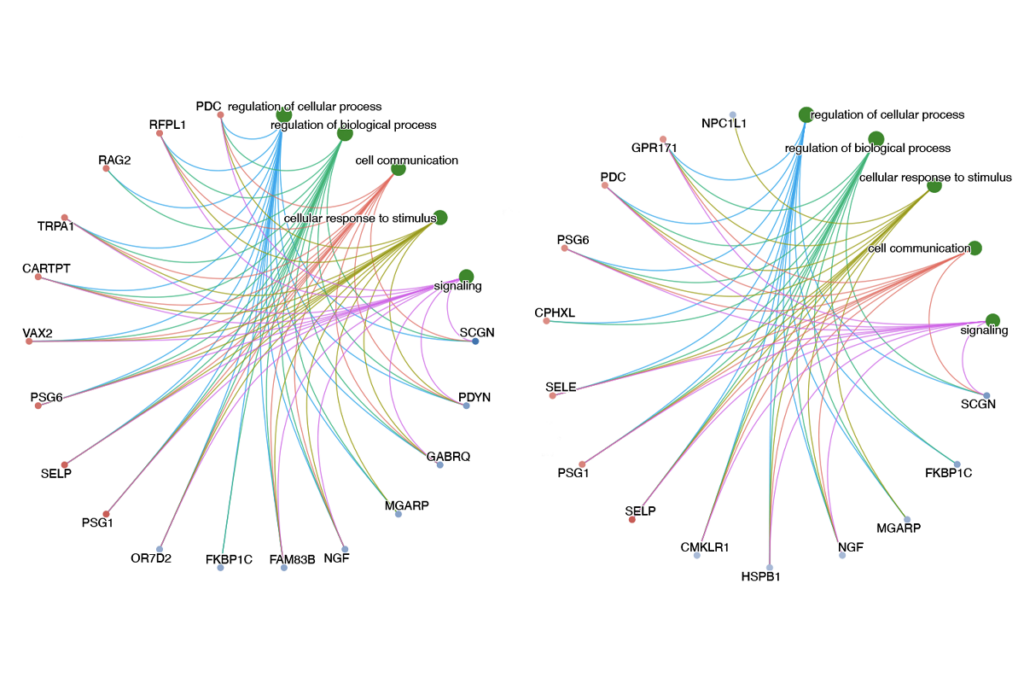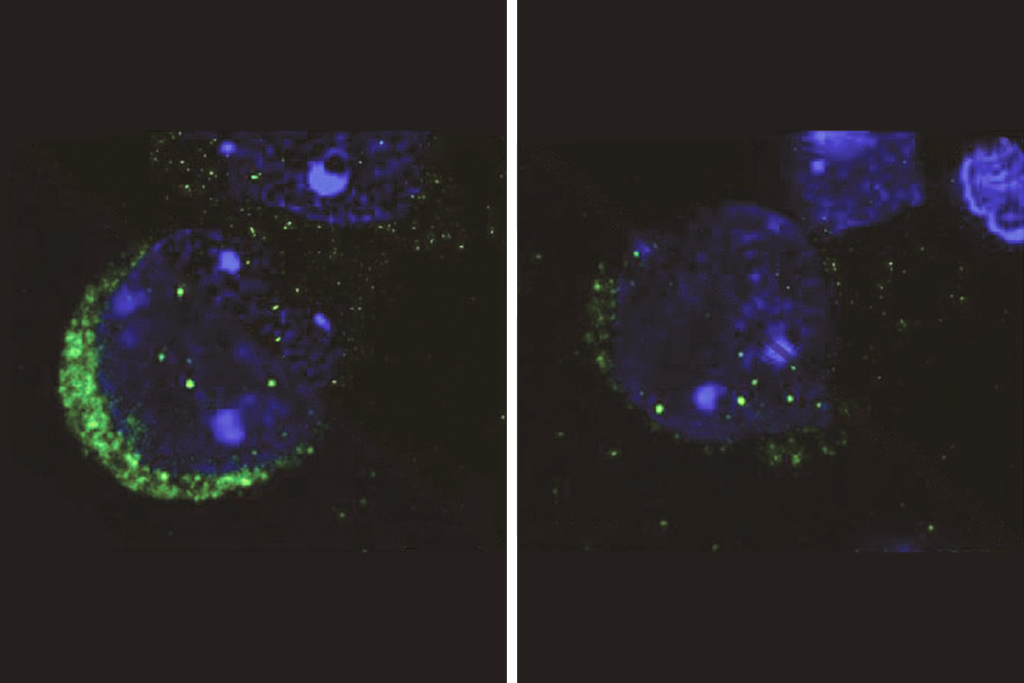
Missing brain wave may explain language problems in nonverbal autism
Nonverbal children with autism don't show the typical wave of brain activity involved in linking objects with their names.
Nonverbal children with autism don’t show the typical wave of brain activity involved in linking objects with their names. This is likely to be one mechanism that hampers the development of speech in these children. Researchers presented the unpublished results yesterday at the 2017 Society for Neuroscience annual meeting in Washington, D.C.
About 25 percent of people with autism speak few or no words. But very few studies on language have focused on these children, so the nature of their language problems is poorly understood.
In the new study, the researchers recorded electrical activity in the brains of 10 nonverbal children with autism, aged 4 to 7, and 15 matched controls.
Many nonverbal children have sensory sensitivities, making it challenging for them to wear the net of electrodes that records brain activity. Before the test, the researchers visited the participants at home or at school to familiarize them with the net and the procedure, gradually working up to putting the net on their heads.
“We spent as many sessions as necessary,” says Silvia Ortiz-Mantilla, assistant research professor at the Center for Molecular and Behavioral Neuroscience at Rutgers University in Newark, New Jersey, who presented the findings. “It was a lot of work.”
Word maps:
In the experiment, the children viewed a series of images and, half a second later, heard a word that either matched the image or didn’t. Yesterday, the researchers presented data from just the first 500 milliseconds of this task.
A lot happens in that half a second. About 150 milliseconds after the picture appears, the nonverbal children and controls both show a burst of brain activity known as the P1. This indicates the brain’s first efforts at processing the image.
In controls, a longer wave of brain activity known as the positive slow wave, or PSW, begins at about 200 milliseconds. This indicates that the children are starting to call up the name of the object pictured, as well as a rich trove of related words. In the case of bird, for example, they might think of wings, fly and so on.
But the nonverbal children do not show a PSW. Their brain activity “seems almost flat” during this period, says Ortiz-Mantilla. “They don’t retrieve information related to the picture.”
Children typically learn language in part by connecting objects and images with their names and other related words, a process known as word-to-world mapping. The results suggest that this process is disrupted in nonverbal children with autism.
Organized expression:
The researchers made several measurements of brain electrical activity. These tell a consistent story, confirming that there’s not much difference in the P1 between nonverbal children and controls, and that the nonverbal children lack the PSW response.
For example, during the P1, nonverbal children and controls both consistently show activity in the left and right occipital cortex, which process visual information. During the PSW, brain activity is highly organized in controls: It is focused in the anterior cingulate cortex, which involved in complex cognitive processes, as well as in the left and right occipital cortex.
The nonverbal children show little activity in these regions during the PSW. Their brain activity is scattered, showing a lot of variation from one child to the next.
“I think [the study] is outstanding,” says Laura-Ann Petitto, professor of psychology at Gallaudet University in Washington, D.C., who was not involved with the work. “They’re cracking the code for what are the components that make up the integrated system, and where it’s breaking down.”
There are likely to be other mechanisms that also play a role in preventing nonverbal children from developing language. “We are not saying this is the only thing that is happening,” says Ortiz-Mantilla. Still, therapies that help nonverbal children develop word-to-world maps could help them expand their vocabularies.
For more reports from the 2017 Society for Neuroscience annual meeting, please click here.
Recommended reading

Autism traits, mental health conditions interact in sex-dependent ways in early development

New tool may help untangle downstream effects of autism-linked genes

NIH neurodevelopmental assessment system now available as iPad app
Explore more from The Transmitter

Five things to know if your federal grant is terminated
It’s time to examine neural coding from the message’s point of view
